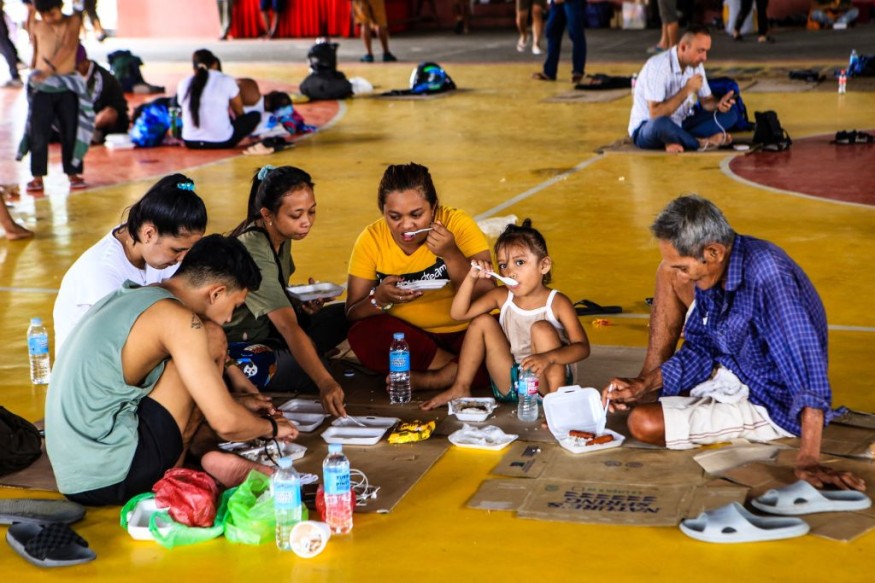At least 42 people were killed, nine others are missing, and several locals were trapped on their roofs after flash floods and landslides caused by torrential rains flooded a southern Philippine province, officials said on Friday.

According to Naguib Sinarimbo, the interior minister for a five-province Muslim autonomous region governed by former rebels, most of the dead were washed away by raging floodwaters and drowned or were struck by debris-filled mudslides in three towns in hard-hit Maguindanao province.
Read also: Global Weirding: Humans Have Drastically Altered the Climate to the Point of Bringing Chaos
Extreme Weather Event
According to Sinarimbo, "the number of rains that fell overnight was abnormally (heavy) and ran down mountain sides and filled waterways."
Sinarimbo stated, "I hope the casualty numbers won't grow more, but there are still a few areas we haven't reached." He added that the rains have abated since Friday morning, causing floodwaters in numerous towns to begin to subside.
According to reports from mayors, governors, and disaster response officials, five more people perished in Upi town in Maguindanao, while 26 more died primarily by drowning in the nearby coastal towns of Datu Odin Sinsuat and Datu Blah Sinsuat.
Marshall Sinsuat, the mayor of Datu Blah Sinsuat, said five persons were missing, and four more were listed as missing elsewhere.
According to Sinarimbo, a rescue team was sent to Kusiong, a tribal village in Datu Odin Sinsuat, to investigate claims that floods and landslides damaged homes. According to him, there were no recent reports of casualties.
Forecasters predicted that Tropical Storm Nalgae, which was due to slam into the country's eastern coast from the Pacific Ocean on Saturday, was to blame for the exceptionally severe rains that inundated many cities in Maguindanao and neighboring provinces in a mountainous region with marshy plains.
Many low-lying communities saw quick rises in floodwaters that forced some inhabitants to climb onto their roofs, where they were saved by army personnel, police officers, and volunteers, according to Sinarimbo. He claimed many of the waterlogged places, including Cotabato City, where he resides, had not flooded in years.
Ravaging Through
Disaster-response official Nasrullah Imam described a town in Maguindanao that floodwaters had entirely submerged as having "just the attic of a school can be seen above the floodwater in one spot in Upi."
Nalgae, the 16th storm to hit the Philippine archipelago this year, was able to dump rain in the south of the nation while moving farther north, according to official forecaster Sam Duran.
The storm, which had sustained gusts of up to 85 kilometers per hour (53 miles per hour) and was moving northwest late on Friday afternoon, was located around 180 kilometers (110 miles) east of Catarman town in Northern Samar province.
Numerous provinces and cities, including the capital of Manila, were on storm alert. The coast guard said that thousands of passengers were left stranded by forbidding fishing, cargo, and inter-island ferries from heading to sea.
Being in the Pacific Ring of Fire
To safeguard them from the storm's course, about 5,000 people were moved out of the way, according to government forecasters and other officials. The storm was not anticipated to intensify into a typhoon as it reached land.
Each year, the archipelago of the Philippines is hit by about 20 typhoons and hurricanes. Its location on the "Ring of Fire" in the Pacific Ocean, where frequent earthquakes and volcanic eruptions occur, makes the country one of the most disaster-prone in the world.
Related Article : Exposure to Major Disasters Can Cause Long-Term Mental Health Problems
For more climate and weather updates, don't forget to follow Nature World News!
© 2025 NatureWorldNews.com All rights reserved. Do not reproduce without permission.





